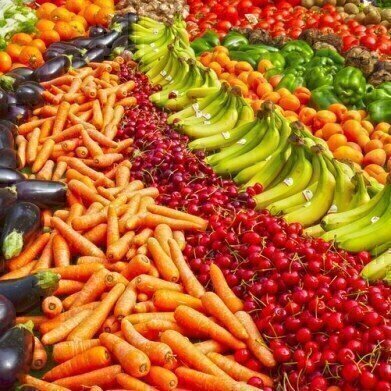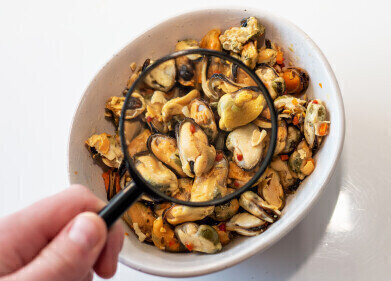GC-MS
How Does Bacteria Make Fermented Fruit Tasty? - Chromatography Explores
Jul 22 2019
Fruit and vegetables are major components of a healthy diet. If everyone could eat their sufficient daily consumption - major diseases such as cardiovascular disease and some cancers could all be prevented. The World Health Organization estimates that insufficient fruit and vegetables in our diets are likely to cause around 14% of gastrointestinal cancer deaths, 9% of stroke deaths and 11% if ischaemic heart disease deaths globally.
A recent World Health organization report recommends a minimum daily intake of 400g of fruit and vegetables every day to help prevent early avoidable deaths, chronic disease and to help fight obesity. A minimum amount of fruit and vegetables will also help to reduce the incidence of nutrient deficiencies, especially in developing countries. But there are more ways to get your daily intake than fresh fruit and veg.
Fermentation - not just for the pub
Many of us know about fermentation from the drinks we consume in the pub or restaurant. Wine is made by fermenting the sugars in grapes, beer and whisky by the fermentation of grain starches. Fermentation is a chemical process where at its very simplest, carbohydrates are converted into organic acids. Typically, it can be viewed as the slow decomposition of organic compounds, typically helped by enzymes or microorganisms.
It is thought that fermentation processes were developed to preserve fruit and vegetables, so people could eat them outside of the traditional harvest times or in times of food shortages. Drying and salting are simple fermentation processes used in the oldest methods of food preservation. But fermentation is also used to give food different textures and flavours. Lactic acid fermentation of fruit and vegetables is now used to help maintain and, in some cases, improve the nutritional qualities of some foods.
It’s in the lactic acid
A recent paper published in the journal Food Science and Nutrition - Effect of different Lactobacillus species on volatile and non-volatile flavor compounds in juices fermentation - describes research carried out in China to try and understand more about the role of fermentation in making fruit and veg tastier. The team investigated the effects of several lactic acid bacteria on fruit and vegetables including apple, carrot, tomato and cucumber.
After fermenting the samples with the various bacteria, the team used gas chromatography-mass spectrometry to analyse the fermented fruit and vegetable juices. The use of gas chromatography in fruit and flavour analysis is discussed in the article, Rapid Determination of Strawberry Flavour Integrity using Static Headspace-Selected Ion Flow Tube Mass Spectrometry.
The team determined that different lactic acid bacteria strains play different roles in producing flavours in fermented fruit and vegetables. They conclude: ‘These results may facilitate screening for better starters or mixed species starters to achieve better and certain quality characteristics.’ Fermented pear anyone?
Digital Edition
Chromatography Today - Buyers' Guide 2022
October 2023
In This Edition Modern & Practical Applications - Accelerating ADC Development with Mass Spectrometry - Implementing High-Resolution Ion Mobility into Peptide Mapping Workflows Chromatogr...
View all digital editions
Events
Apr 28 2024 Montreal, Quebec, Canada
May 05 2024 Seville, Spain
May 15 2024 Birmingham, UK
May 19 2024 Brno, Czech Republic
May 21 2024 Lagos, Nigeria














